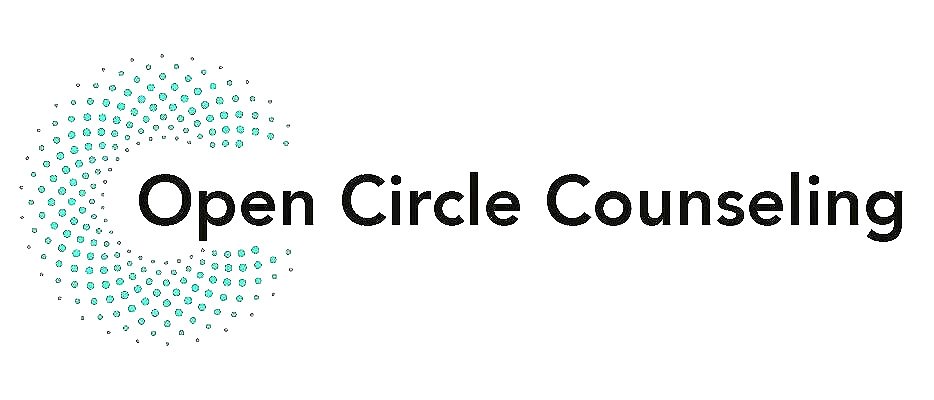During the blur of last week’s school closures, shopping jitters, and rapid adjustments, I kept my eye out for how my highly sensitive clients were doing. Highly sensitive people may be feeling the impacts of coronavirus more deeply—you may be feeling more worried, even panicky—especially if you feel like you are absorbing too much of the panic from others. I felt it important to support you sensitive folks during this time.
10 Tips for Highly Sensitive People
1. Understand the Bias
Our brains are wired to focus on the negative, on the threats (negativity bias). And what is the huge threat currently? A virus that we haven’t seen or dealt with before. An unknown outcome. Layer that with scary news articles, social media posts, and you may be being overly-bombarded with the flavors of fear, negativity and hopelessness. Know it is natural to lean towards the negative, and that bias doesn’t have to have the final word.
2. Balance the Negative with Positive, Get Intentional
Consciously, intentionally and hopefully habitually carve out time (20-30 second segments) to re-fill your hope, joy, gratitude, soothe-me tank. Shift your mind from what brings on the shallow breathing to something that softens your chest, calms your mind, gives you a slight smile.
And, when you realize you are experiencing something positive ( a laugh with a friend) take time to bathe in that moment, write it down, re-live it.
It is really important for those who experience things more deeply, with more sensitivity to prioritize balance during these times, because you are more susceptible to internalizing the fears—which lead to anxiety, depression, panic, emotional up’s and down’s, not fun interactions with family, etc…
3. Decrease or Limit the amount of negative news you read, watch or talk about
You can find the balance between keeping abreast of the current events, reading what you need to know and also looking for stories or current events that are also hopeful, beautiful and happy. Try a ratio of 5 positive readings, watchings or talking to 1 negative. Notice how that affects you.
4. Get Absorbed in an Activity
As you decrease the amount of negative news, social media, shows you take in, can you also find time to get engaged in an activity or hobby? What is on your bucket list that is do-able while you are at home? Ever wanted to do ___with your living space? Now might be that time.
5. Try out those buzzwords: Mindfulness, Relaxation, Meditation
There are apps, there are teachers streaming, there are yoga studios offering free online classes, there is a floor in your living space where you could focus on stepping, one foot at a time and noticing how narrow you can focus on stepping. This brings you more into the very present moment. So fear of the future, and worry of past mistakes can start to fade.
6. Go Outside, if you Can
You may or may not be able to take a walk or to go into nature. And if there is a safe way to do it—do it. Nature is comforting, re-caliberating, energizing. And if you can only open a window and breathe in air, experiment with that.
7. Engage with People who Lift You Up
When you are sensitive, you take in stimuli easily. It is important right now to limit who you engage with, and how. Decide what you want to talk about—if conversations, people situations are increasing your stress, try to limit those interactions.
8. Harness your Stress, Anxiety and Fear by Taking Action
That energy behind the worry and fear can be transformed into positive action. Can you help someone out right now? Sweep your floor? Leave kind notes in your neighbor’s mailbox? Dance wildly in your front window?
9. Take It a Day at a Time
If your schedule and routine has been up-ended, this newly unstructured time can add to the anxiety. If your income has radically changed, you are worried—and this is normal. You can find moments of balance if you try to stay in this day. Try to figure out a schedule for yourself—chunk it down into morning, afternoon and evening—or hourly if needed.
10. Reach out for Professional Support
There is no shame to ask for help—especially if you feel like the anxiety, fear and panic is just too much.
If you are experiencing anxiety because of the pandemic, counseling for highly sensitive people can help. Reach out to me through my contact form to start your healing journey.
